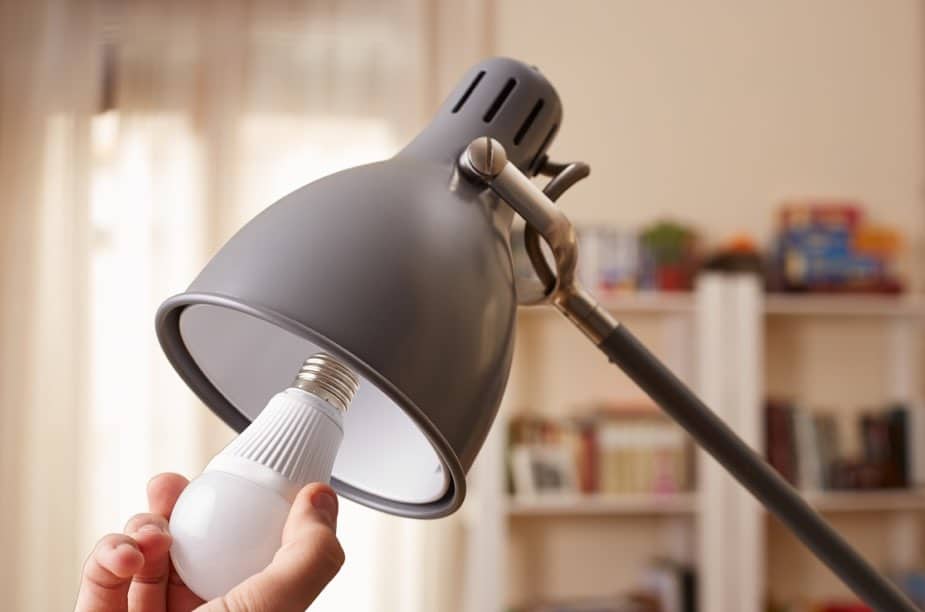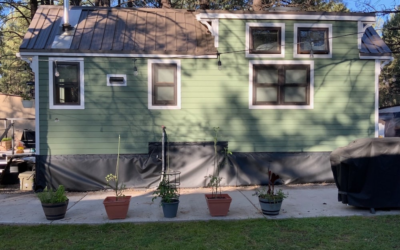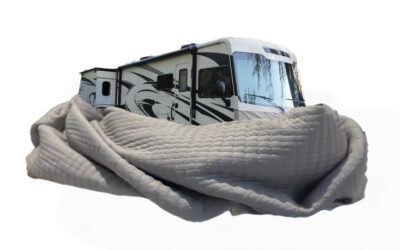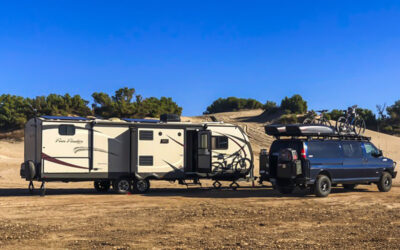Insulate and Seal
The number one bit of advice is far from glamorous but very effective: insulate. Nearly 50 percent of your heating can escape if your home is not properly insulated. You can keep turning up the thermostat in the winter or turning it down in the summer, but unless you block that heat transfer, your HVAC system will under perform.
Thankfully, this is totally appropriate for a DIY project. Add insulation in the attic and seal up holes in the heating ducts. Doors and windows are also huge culprits, so make sure you weatherstrip and fill up any cracks with sealant. Check along the floorboards and the space around fixtures for other gaps that need to be filled.

Install Exterior Window Shades
Now that you have the basics out of the way, you can focus on more sophisticated approaches. Window coverings and shields can do a lot to keep the radiant heat out of your home while still providing ample daylight. EZ Snap Shading Mesh blocks up to 90 percent of the sun’s heat and UV rays that could cause your furnishings to fade. It also reduces the sun’s glare so that you can still get beautiful views of the outdoors—and as a bonus, the shades are easy to install!
Get a Programmable or Smart Thermostat
Adjusting your thermostat to only heat and cool your home when needed is an art. Some have mastered it, while others let opportunities to save energy slip by. It’s understandable—it’s inconvenient to come home to a house that’s too hot or cold. But instead of putting the burden on yourself and your family to save energy every day by adjusting the thermostat, install a programmable one. You can program it to switch to a more energy-saving temperature while you’re away, and to get comfortable again half an hour before you come home. Or go one step further and install a smart thermostat that will learn your routine, keep tabs on your energy use, and make your home more comfortable by precisely meeting your heating and cooling needs.

Use LEDs Wherever They Make Sense
Traditional incandescent lights are pretty inefficient, but thankfully, recent technologies have provided us with better options like LEDs and CFLs. LEDs are the most expensive, but they also last the longest and use the least amount of energy. Because they last so long, it’s not a bad idea to replace some hard-to-reach light fixtures with LEDs so you’re changing inconveniently-located bulbs only once every few years. If you’re worried about the bright light of LEDs, rest assured that they’re now available in warmer colors comparable to traditional incandescents.
Adjust Your Habits
One of the best changes you can make doesn’t involve tools or a trip to the home improvement store. You can save energy just by reevaluating your everyday practices and setting new guidelines for your family’s energy use. Consider taking these measures to conserve:
- Take shorter showers
- Dry your clothes in the sun instead of in the dryer
- Wash all of your clothes on cold—just make sure to get cold-water laundry detergent
- Warm your home (responsibly) with a fire in the winter
- Close the curtains when you leave on a hot day
- Use ceiling fans instead of centralized cooling whenever possible
- Eat more raw foods and use the oven less
- Unplug (rather than just turn off) any unused appliances or electronics
If you like green—both on the earth and in your pocket—these simple changes will be perfect for your home and lifestyle.



